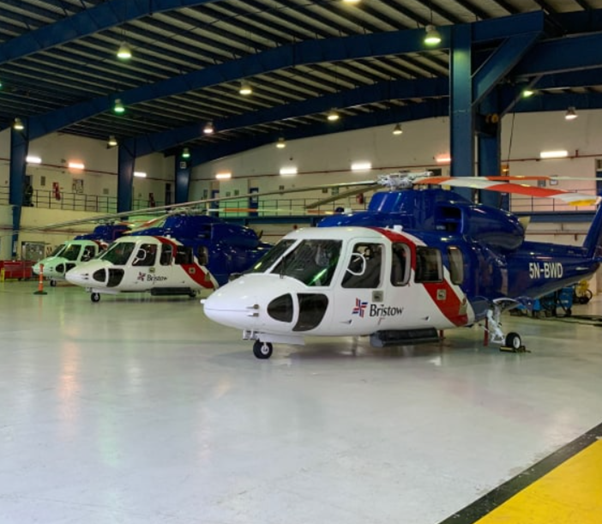HI Uplift: After Bristow withdraws from Australia, what next?


Fewer than 40 words from Bristow Group helped draw a close to the company’s 50-plus years of operations in Australia. In a statement to Helicopter Investor (HI) the group says: “Given the market dynamics within the Australian offshore helicopter market, Bristow made the decision in April 2021 to reduce its oil and gas operations in Australia. This decision did not impact Bristow’s Airnorth operations.”
The Australian market has changed significantly since Bristow entered in 1967. “Bristow was one of the first operators and essentially had the market to themselves,” David Crick, MD of aviation valuation specialist DavAir Group tells HI. “But over time, we have seen the evolution and development of the offshore oil and gas helicopter operators that required more heavy/mid-sized and new helicopter resources.”
Those opportunities drew CHC, Heli NZ (bought by PHI in 2017) and Babcock Offshore. “The number of helicopter service providers grew faster than the colloquial pie grew, consequently the pie for larger helicopters was only so big and the pieces of the pie became smaller for each of the helicopter operators,” says Crick.
The move is a sad end to more than 50 years of operations, according to Jeremy Parkin MD with helicopter market intelligence firm Parapex Media. “Bristow had a proud heritage in Australia,” he tells Helicopter Investor. By late 2014 they were operating a fleet of 28 aircraft across six different types – Airbus EC225 and AS332L, Leonardo AW139, Kawasaki KB117 and Sikorsky S76C++ and S92 – operating from five bases.
“From that height, Bristow started to fall after they failed to renew a long-held Chevron contract in 2015, and the slide continued with no long-term renewals,” says Parkin. “In October 2020, the last customer exercised their right to give 90 days’ notice of termination and that marked the end of contracted operations. The remaining fleet of two AW139s was then parked and one of those has now been shipped to the UK.”
Parkin says that Bristow chose not to compete. “The dark art of contract pricing carries with it many factors, not just to cover the costs of what is required, but also to be competitive against other bidders,” he says. “The number of major operators has not reduced, and as Bristow declined in Australia, PHI gradually built its foothold in both New Zealand and Australia.” PHI now operates six S92s and an AW139 in the country.
Crick, at DavAir Group, agrees: “Revenue streams and profit margins were reduced and in a certain sense, the marketplace became untenable for a profitable investment in super medium and heavy helicopters. It was time to invest resources in other markets and locations perhaps.”
Overall the Australian helicopter market is expanding, says Parkin. There are good long-term EMS contracts – including 30 AW139s and 22 Bell 412s dedicated to these missions – and firefighting contracts have brought extra state money into the industry in response to soaring bushfire blazes. US operator Erickson achieves high utilisation of seven S64 Air Cranes by shuttling them between Greece and Australia every year, spending five months fire-fighting in each and a month moving the fleet between the hemispheres.
Parkin expects the oil majors to try to encourage at least one other offshore operator into Australia. But it won’t be Bristow.
Subscribe to our free newsletter
For more opinions from Helicopter Investor, subscribe to our email newsletter.






